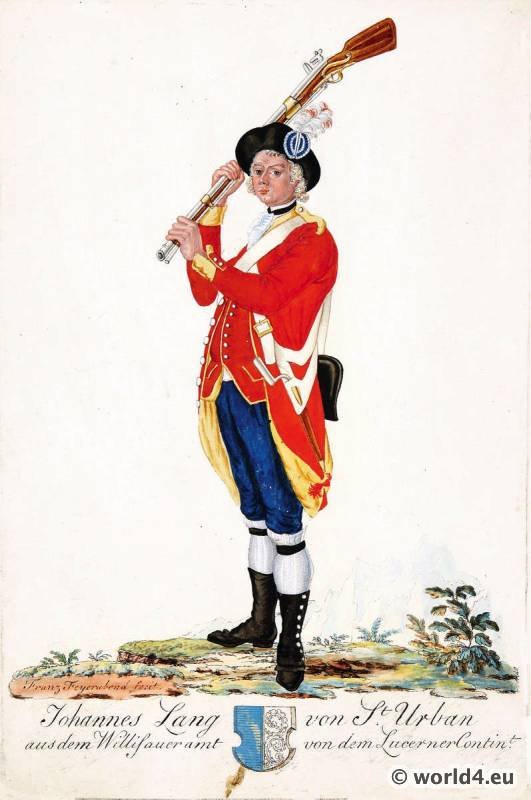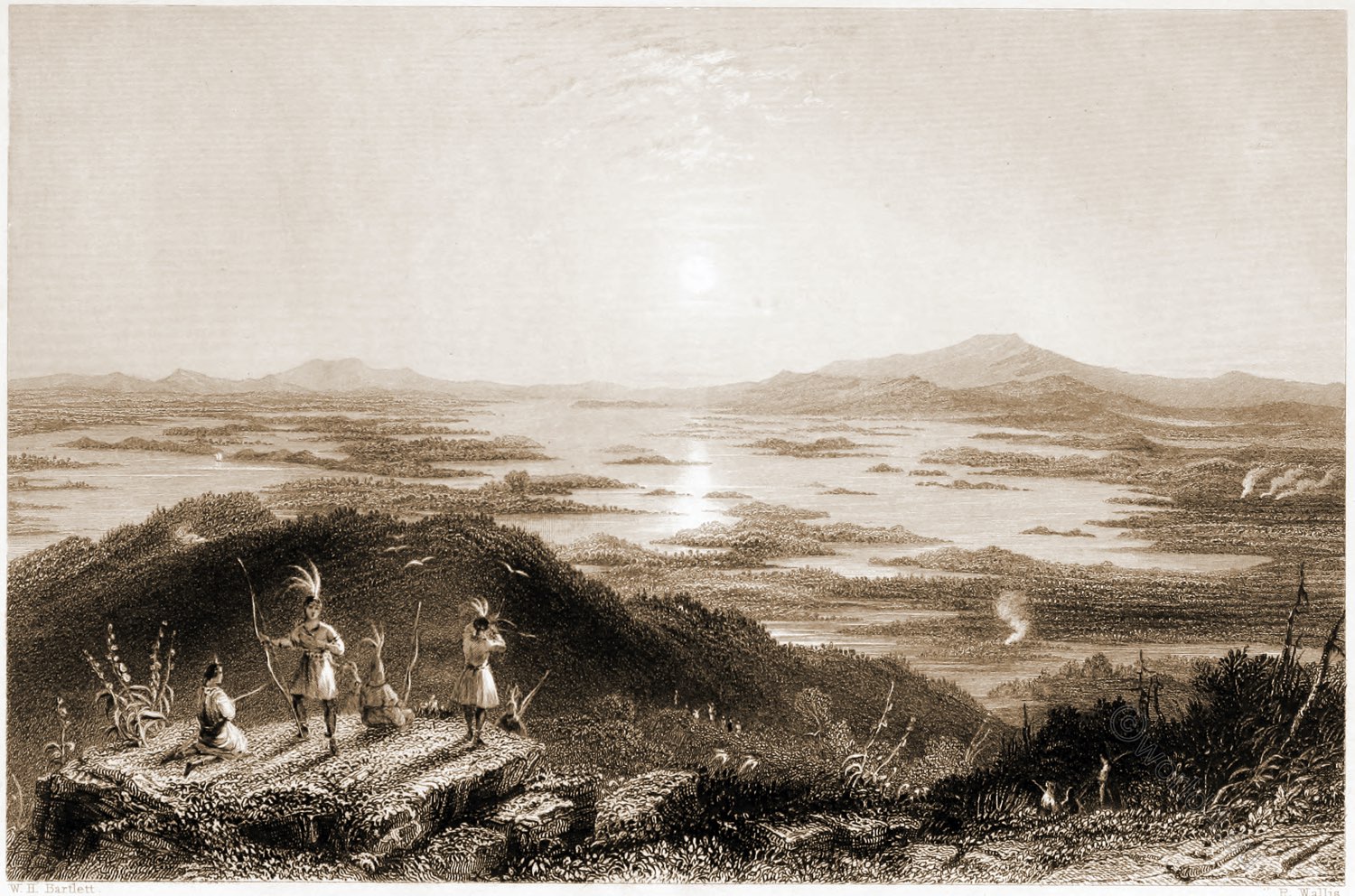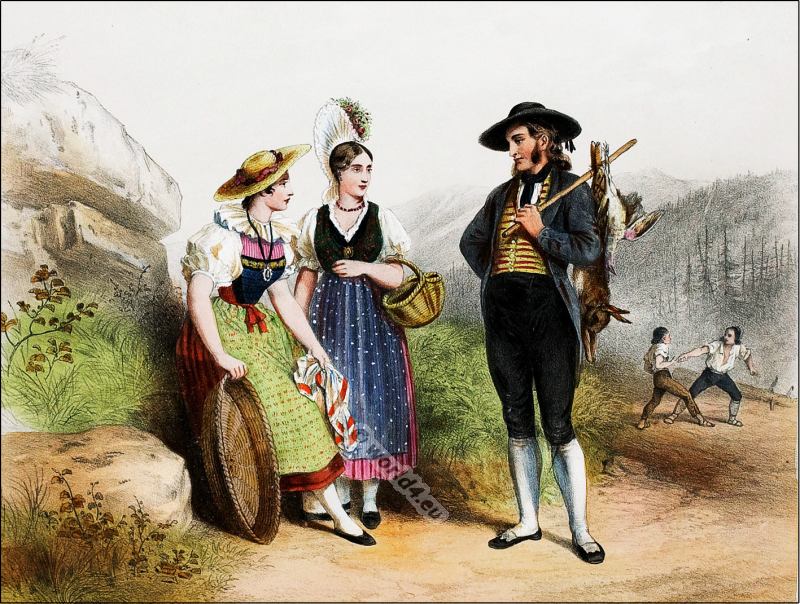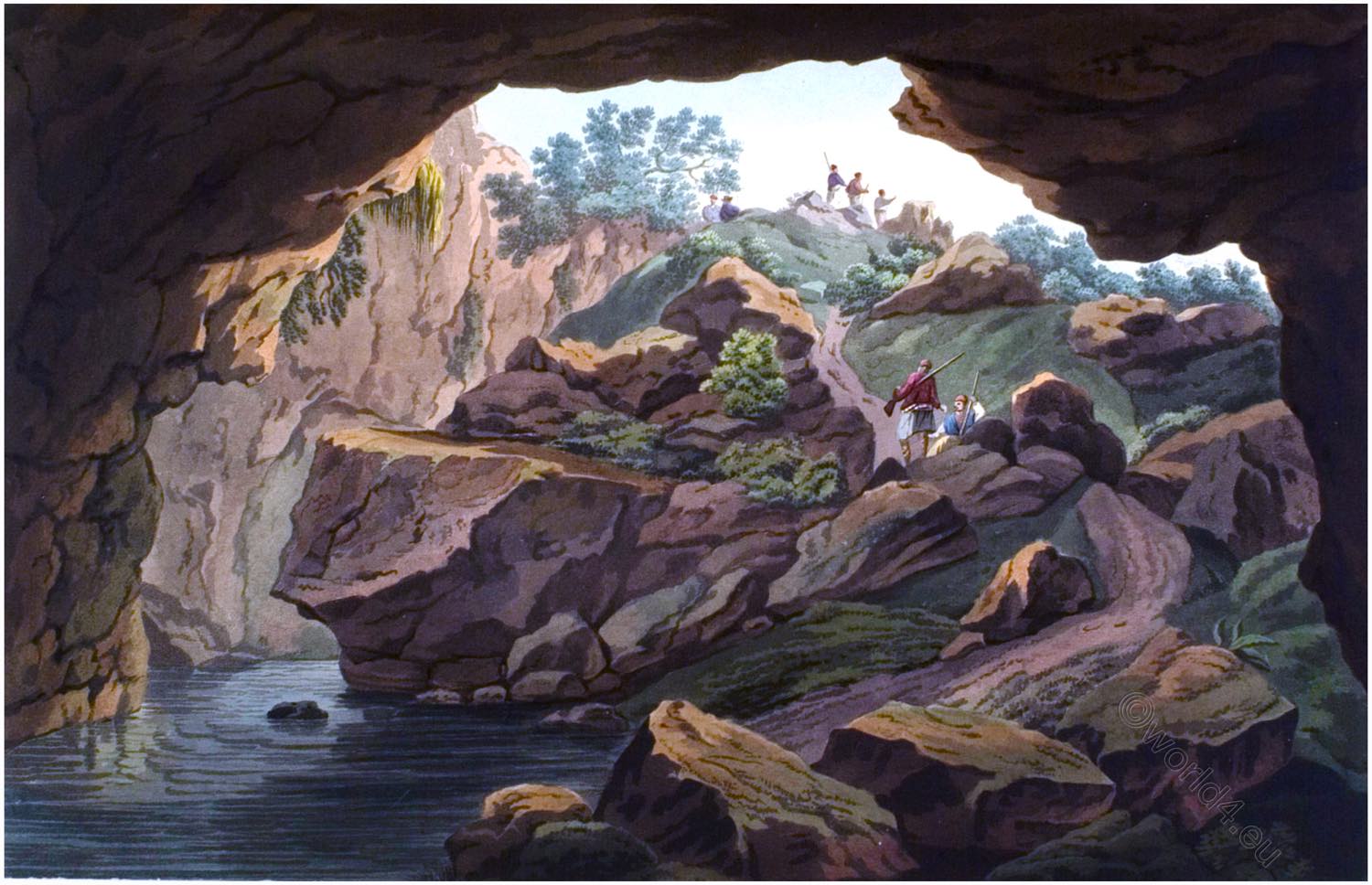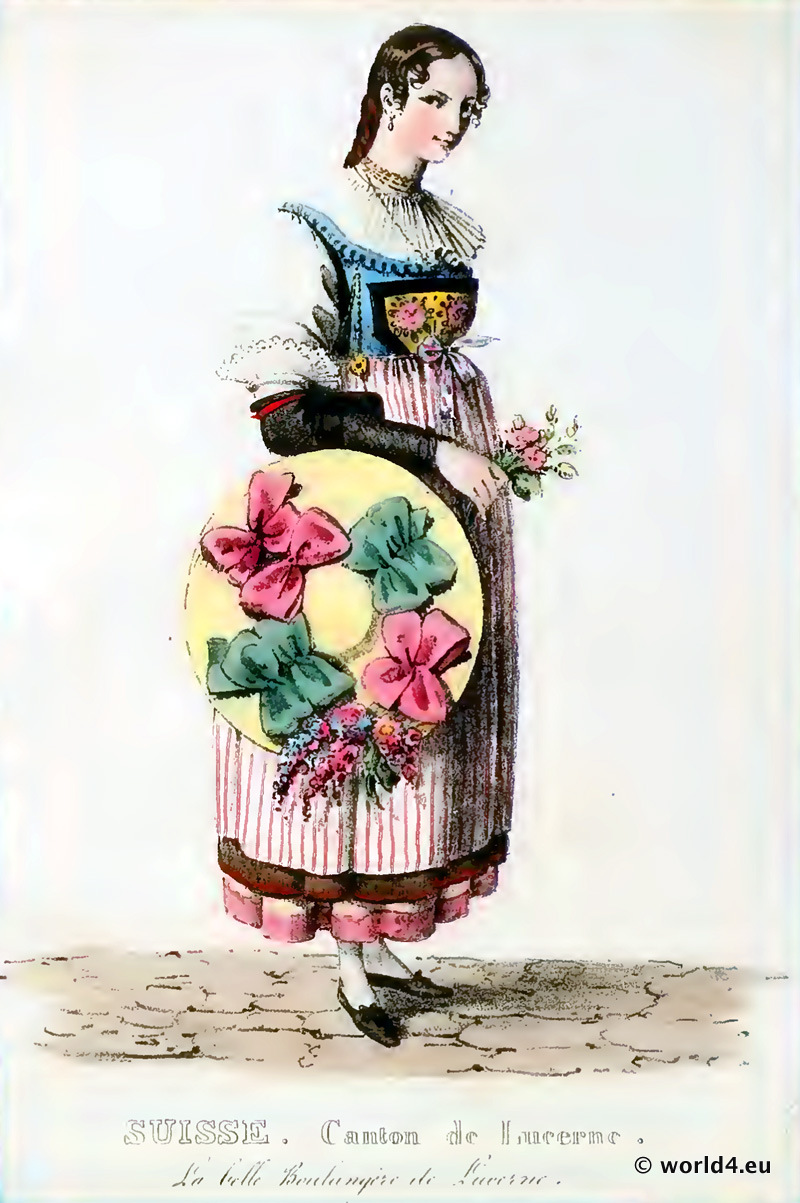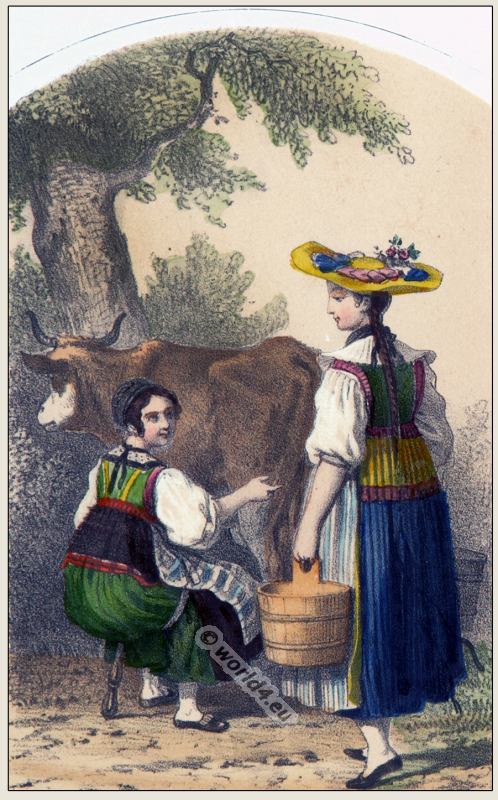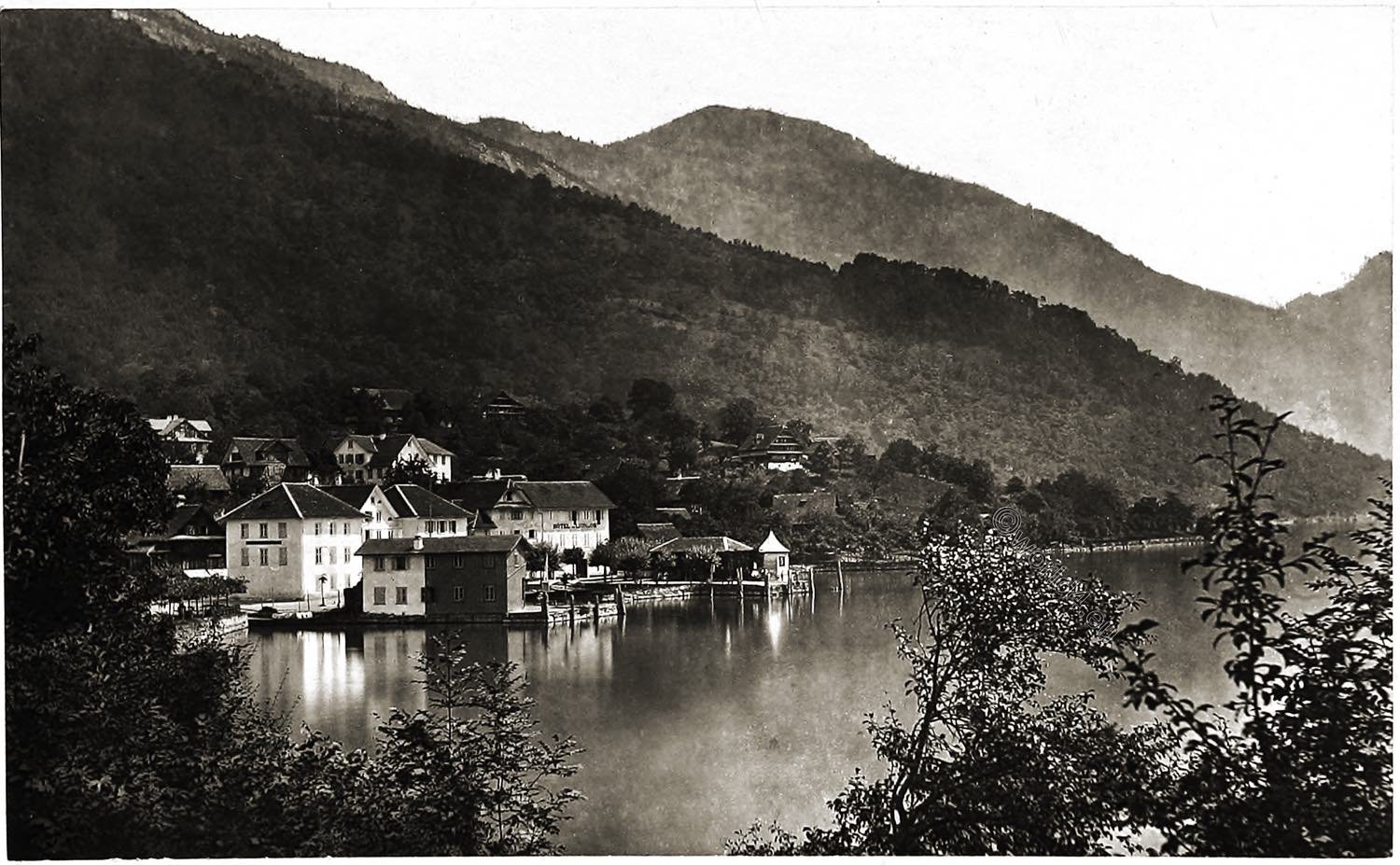
WEGGIS, LAKE LUCERNE.
"That sacred Lake withdrawn among the hills,
Its depth of waters flanked as with a wall
Built by the giant race before the flood.
Who would not land in each and tread the ground, Land where Tell leaped ashore; and climb to drink Of the three hallowed fountains?" ROGERS.
FOR grandeur and sublimity of scenery the Lake of the Four Forest Cantons is unrivaled by any lake in Europe, and scarcely surpassed in other features of the picturesque and beautiful. There are those who delight in the softer beauty of Como and Maggiore, and there are others who, with modest diffidence, put forth the milder claims of the Lake of Geneva.
On the left bank, at its very edge, nestling among the meadows and orchards which fringe the shore at the foot of the Rigi, lies the pretty village of Weggis. During at least one-half the year it leads a torpid existence-dozes and wakes up only when the crash of the live thunder of some wilder storm than usual reverberates through the recesses of the St. Gothard Alps; but when the returning Spring shall make the meadows green, the leaves burst forth anew, and the warm sun spread “a light of laughing flowers” along its banks, and aged people and stunted cretins creep forth to bask in the unwonted ray, Weggis will awaken also, for Weggis is the place of embarkation for travelers returning from the Rigi.
Its whilome deserted quay will swarm with tourists of all nations, presenting every variety of costume, many of them carrying alpenstocks crowned with tufts of the sweet-scented alpine rose. Whether they saw the sun rise or set from the Rigi Kulm, and the wonderful panorama it commands, or whether the too common fate of the majority has befallen them, we stay not to enquire, Presently comes the “Dampfschiff” that shall carry them away on their several routes, and ere long the little quay again begins to throng with fresh reinforcements awaiting the next steamer, and this will go on all day, and every day, until Autumn gathers his golden sheaves, and the last lingering leaf has fled before the biting blast of Winter.
Descriptive Article by Stephen Thompson. Photographed by Thompson.
Source: Treasure spots of the world: a selection of the chief beauties and wonders of nature and art by Walter Bentley Woodbury (1834-1885); Francis Clement Naish. London: Ward, Lock, and Tyler, Paternoster Row, 1875.
Continuing
Discover more from World4 Costume Culture History
Subscribe to get the latest posts sent to your email.

